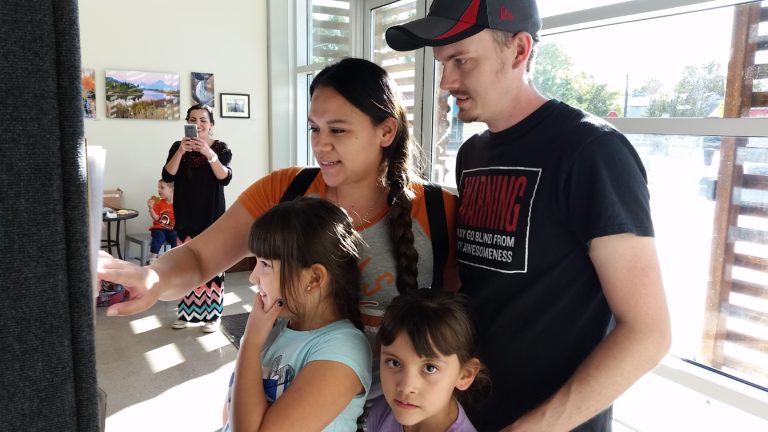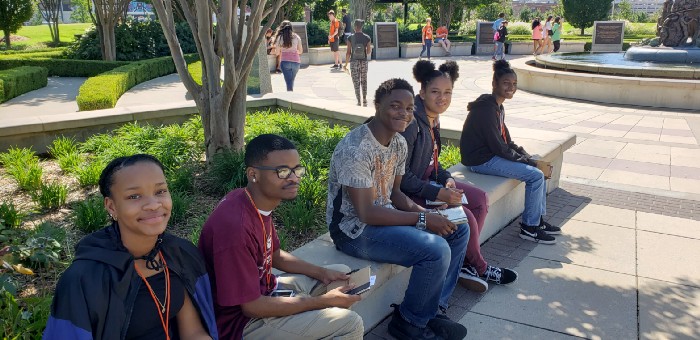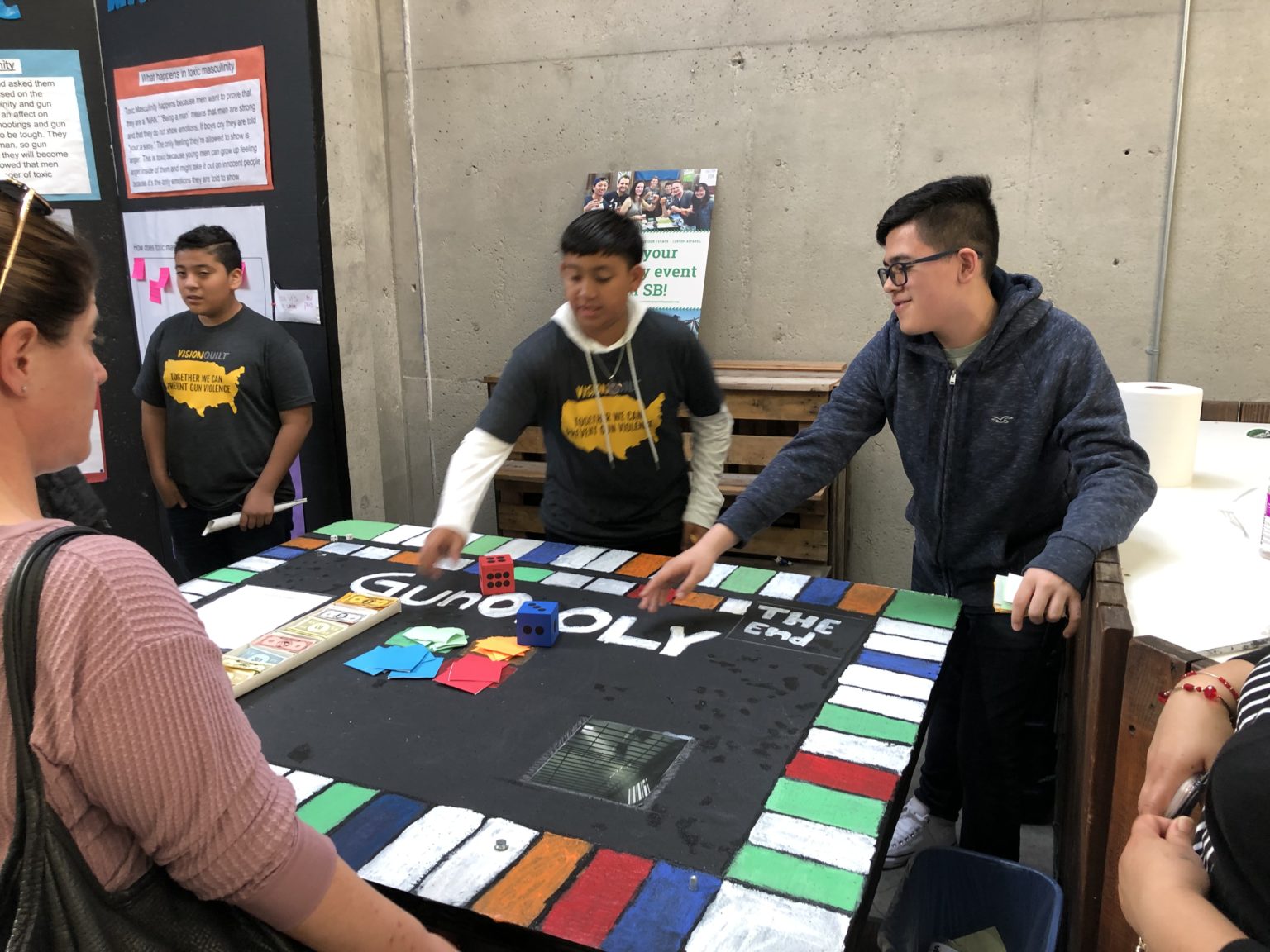Collection Overview
Designing for Connected Learning and Teaching
More often than not, learning is still thought to be a matter of skilling up, remembering facts and figures, and knowing what’s been known and proving you have the skills that “matter.” It is often organized around sorting students (Are they ready for the next grade? For AP? For college? For graduation?) and, in our great information age, tests and data promise to help us see something we still can’t figure out—even with all the tests and data—about access and about equity.
What if we really stopped to redesign what we are doing and approached learning differently? What if we design learning opportunities that center around what brings joy and inspires passion? What if we approached the challenges of access and equity by supporting youth in being agents in their own learning and directly addressing issues important to them and their communities? What would we see, and learn, if we approached learning this way?
Teachers across the country do actually know what this kind of learning looks like and, over the last few years via LRNG Innovators, they have been working to redesign their everyday learning and school spaces to tap into the interests of their students. These interests might be those built from youth’s personal passions or they may be more connected to something political, philosophical or historical in nature that impacts them and their communities (Ito, et al., 2020; Kirshner, Strobel, and Fernández, 2003). Either way, what we can see and learn from across this work is that this powerful learning is doable and that it provides access to opportunities and supports equity for students.
The projects shared here are part of a larger collection of designs and stories that show the possibilities when teachers and students co-design for more creative and connected learning. We invite you to explore them, to tap into inspiration and resources, while also raising questions about how these approaches could work and what they would look like in your context.

Here are a few stories about what it can look like when youth have an opportunity to follow their interests and passions with the support of caring adults – including teachers, peers, families and mentors:
- Continuous Impact & Growth: Checking in with Previous LRNG Awardees
- The Power of Authenticity: Motivating Students with Meaningful Audiences
- Today’s Reasons for Making Student Work Public with the Choice and Voice Project, Bastrop TX

These stories show us what it can look like to support deep learning through project-based design that emerges from youth questions and community inquiries:
- Let ‘Em Shine: Elevating Project-Based Learning, Charlottesville VA
- Lessons in Linked Learning and Maker Education from the Wonder Workshop, Oakland CA
- Exploring Our Environment Together: Green is the New Pink, University MS

In these stories we see teachers working alongside key community partners and tapping into larger resources that helps make the reimagining possible and impactful:
- Disrupting the Prolonged Silence: Youth Inquiry of the Tulsa Race Massacre, Tulsa OK
- Reflections on Partnering with a Juvenile Detention Center: The Uncaged Project, Nashville TN
- Redefining Youth Space: Adolescence Reading a Place, Cleveland OH

Here we see schools addressing challenging issues in their schools and community contexts by designing alongside youth and engaging them as collaborators:
- Seize your Future: Career Passion Projects, Lake Stevens WA
- Addressing Gun Violence: Creating Visionaries, Storytellers and Community Activists, Oakland CA
- This is Not School: Designing a Storytelling Project for a Community, Kansas City KS
Read more about LRNG Innovators, founded in 2014 by John Legend’s Show Me Campaign with support from the National Writing Project, the John D. and Catherine T. MacArthur Foundation, and Collective Shift. You can also tap into more teacher resources and stories at The Current.
Hero image from another great LRNG Innovators story: Advocacy for Game Design: Classes that Keep Student Interest, Bronx NY

